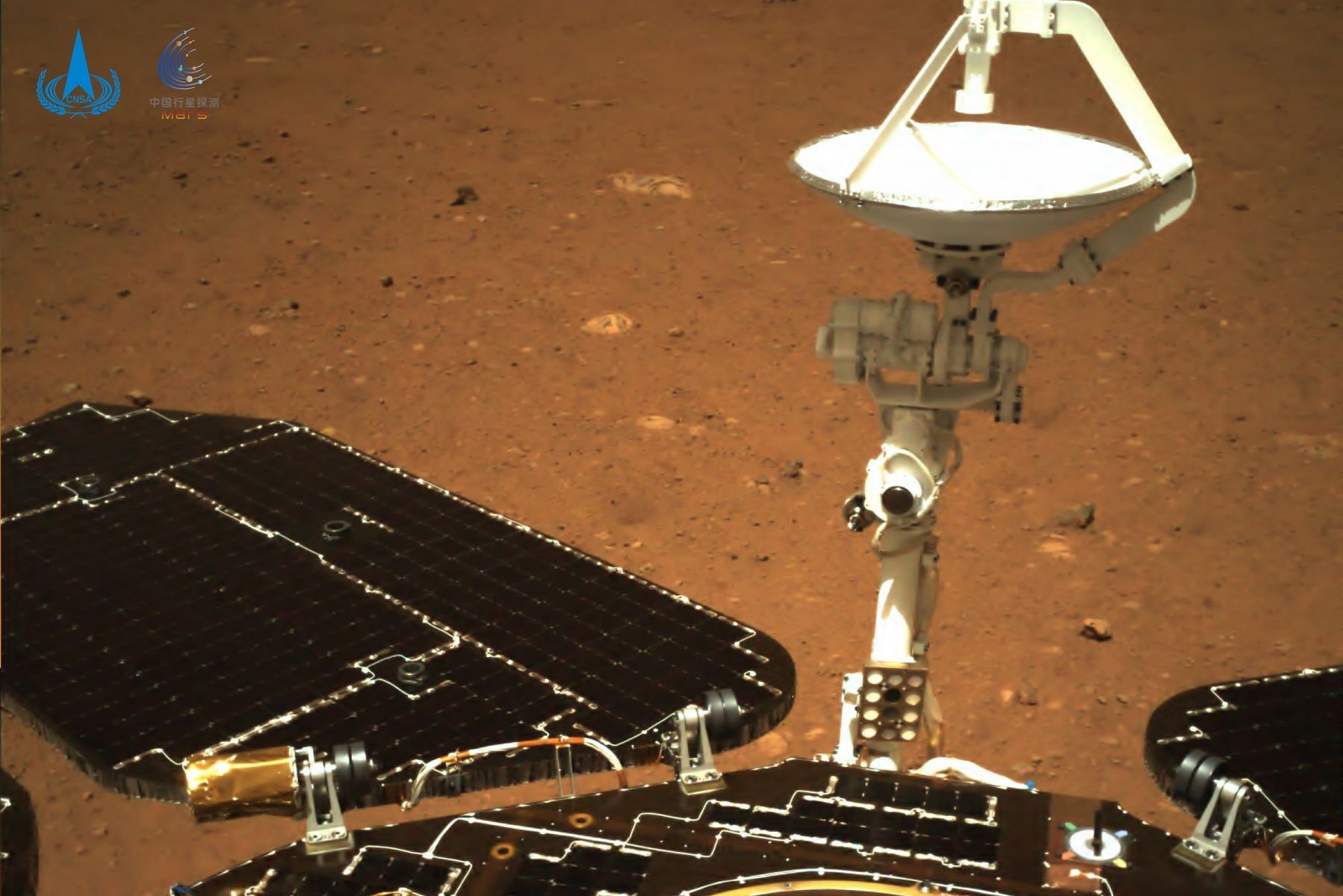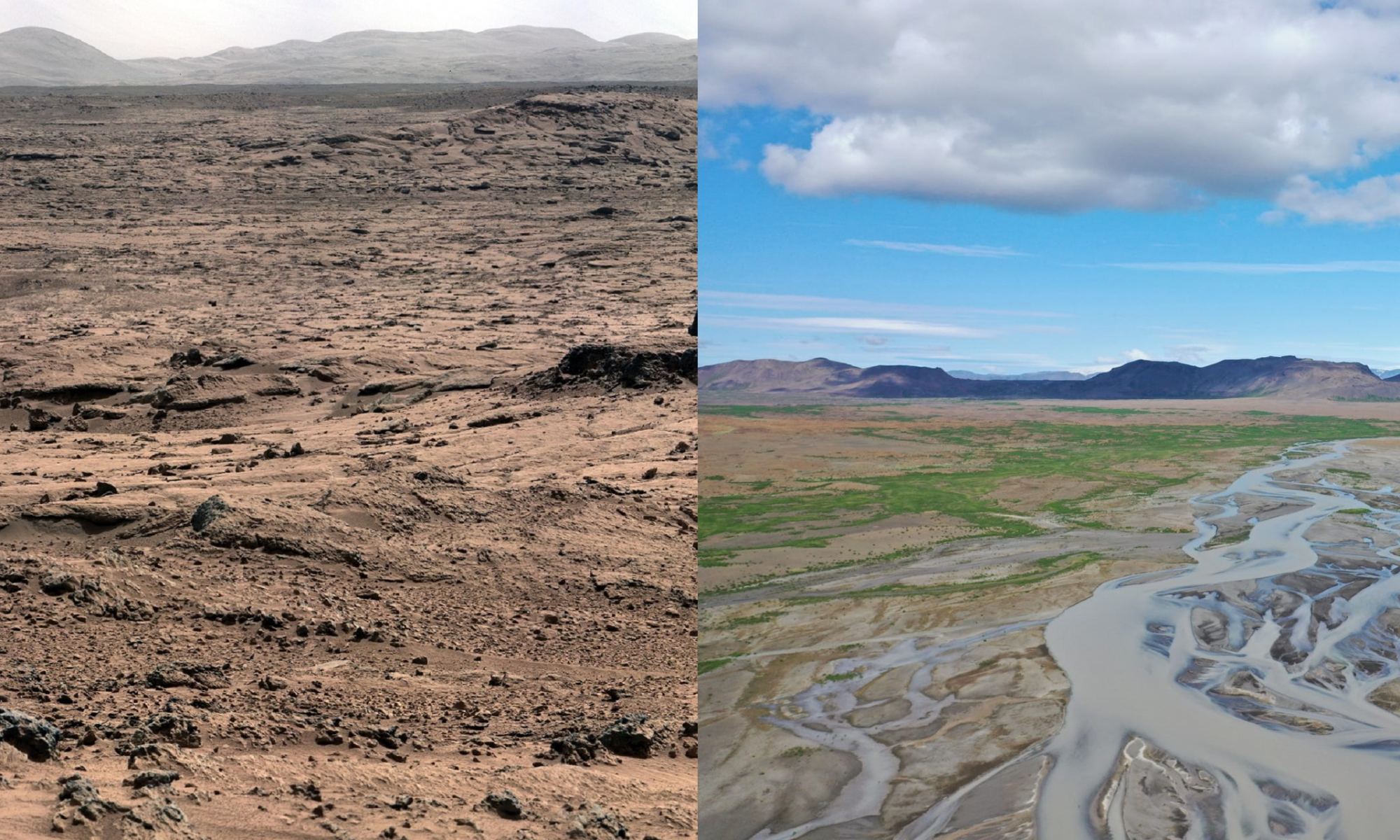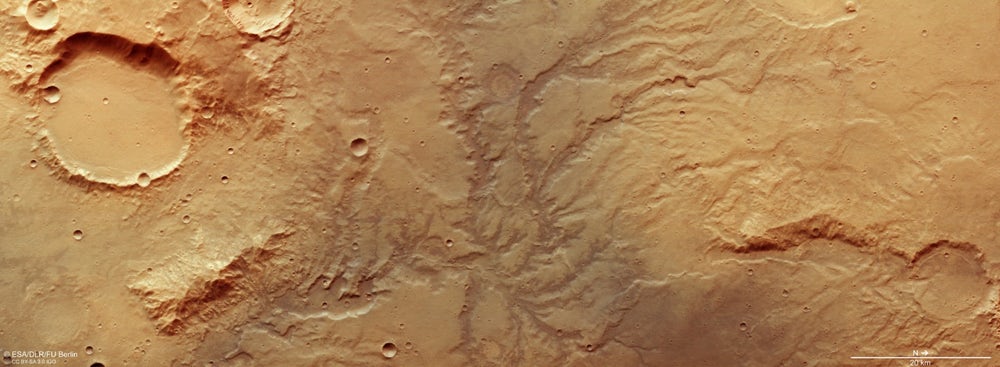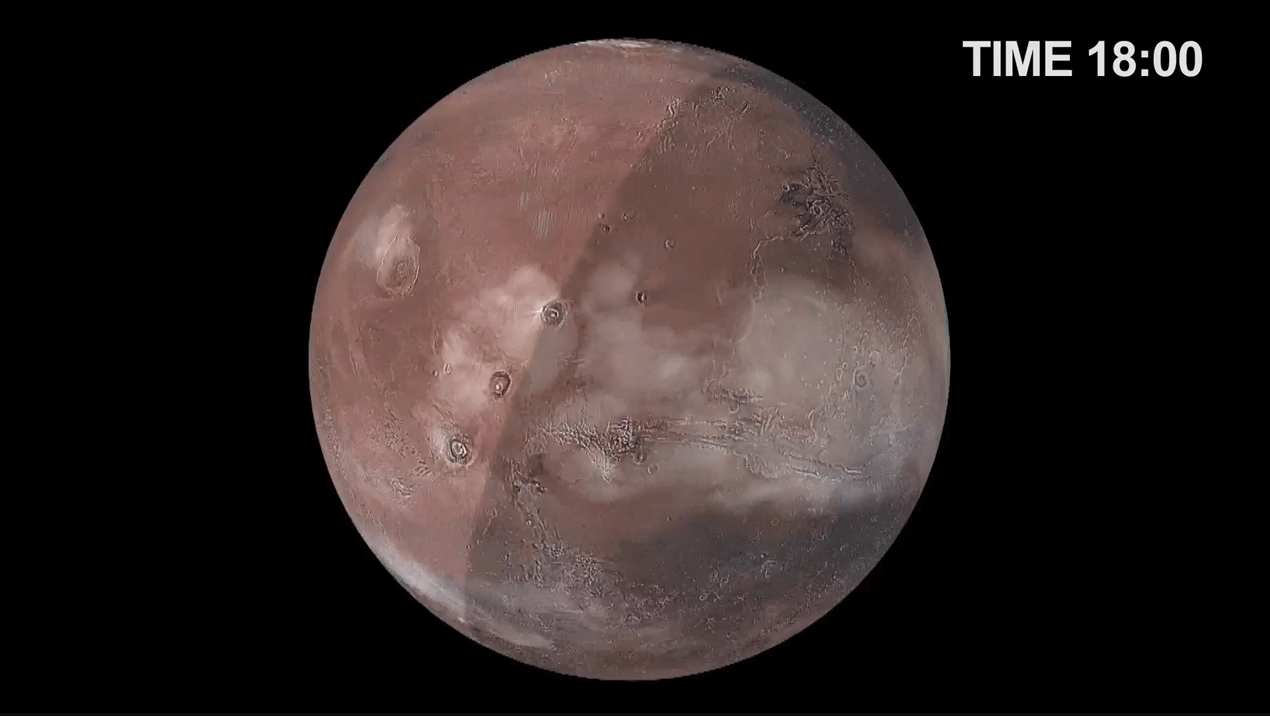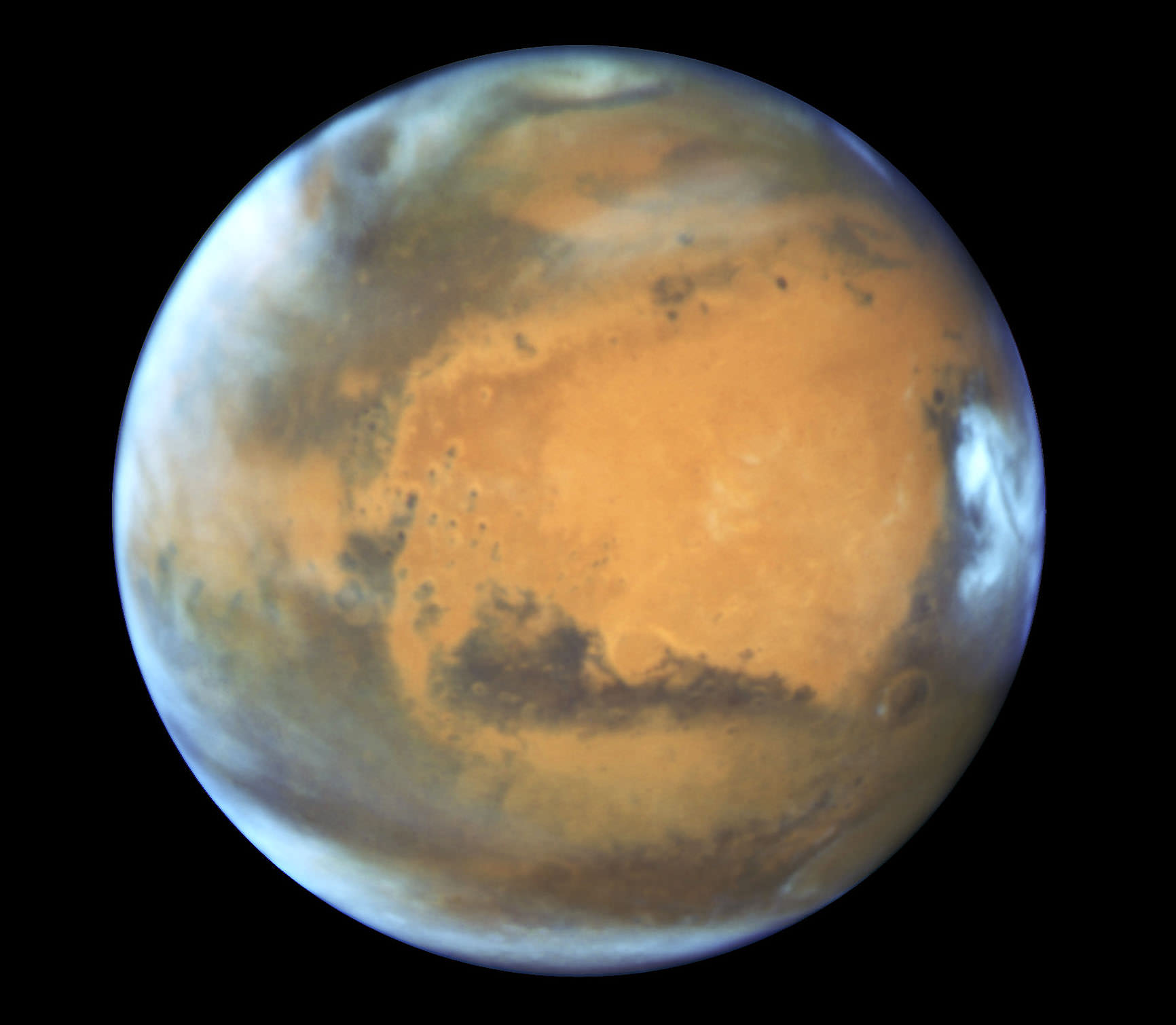Mars has captured our imagination for centuries. Ever since the invention of the telescope our imagination has often drifted toward the possibility of life on Mars. Exploration of the red planet has often revealed that Mars once had plenty of water on its surface but it’s no longer there. Now NASA’s Curiosity rover has found deposits of carbon-rich minerals that could give us a much needed clue.
Continue reading “How Did Mars Become Uninhabitable?”How Did Mars Become Uninhabitable?



